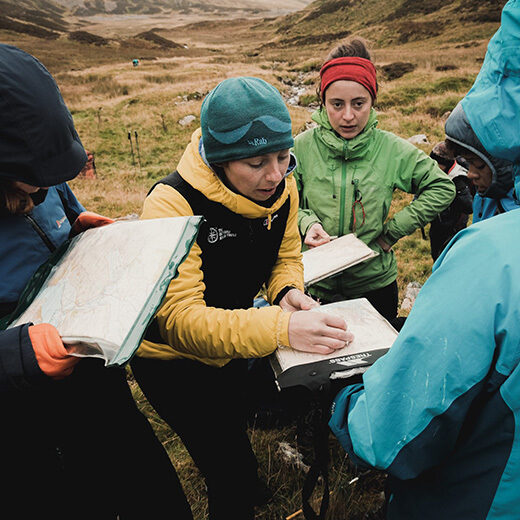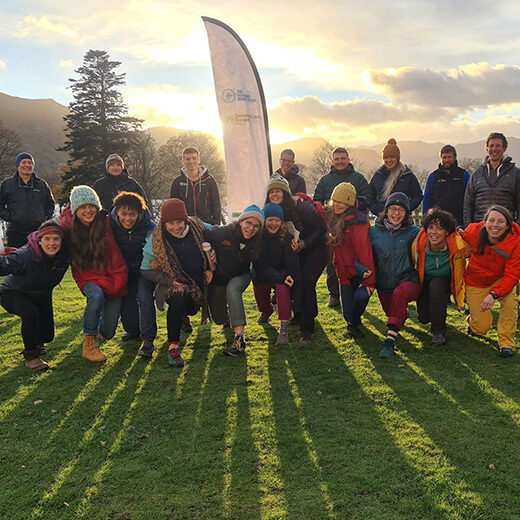This is the second in a series of blog posts about the role of internalised bias in holding women back, written by the course leader of Outward Bound’s Women’s Outdoor Leadership Course. You can watch a video about the course here.
7 Ways of overcoming gender bias
These 7 ways of overcoming bias have been written with a focus on gender... but strip out that reference and they can be applied to overcoming any bias.
1. Learn to recognise gender bias
Get curious about how people of different genders are spoken to and reacted to. Are they treated differently in a range of scenarios in your personal and professional life? Keep a note in a journal or on your phone, and talk to others, including those with different perspectives to you, about what you’re noticing.
2. Check your own interactions for bias
Look at relationships with others and within yourself. Notice where your own bias exists, and try to do / say things differently in a way that communicates equality of worth, value and capability. Don’t beat yourself up if you make a mistake or get it wrong, it’s all part of the journey of getting it more right.
3. Audit your media choices
Consider the books, magazines and podcasts you consume, and the people and brands you follow on social media. Make a conscious effort to listen to women's voices and adventure stories from a variety of backgrounds. A good place to start is BMC's diverse voices podcast.
4. Look around your workplace
How many stories and visuals celebrating women’s achievements are being shared? What messages will people pick up in your surroundings? Is there a way you can better raise the profile of a diverse range of women?
5. Understand and use your privilege to influence
Taking gender equality seriously can make a real difference to others, as it becomes understood as something that is everyone’s responsibility. Understand and use your privilege if you are in a position to influence positively - a responsibility that is particularly evident in industries like the outdoor sector where 80% of outdoor instructors are men.
6. Representing female role models
Ensure female role models are present in areas where you have influence eg mentoring, recruitment events, leading outdoor groups and programmes. Consciously increasing representation can have a positive impact for clients, contacts and women entering and developing in the workforce.
7. Share learning and speak up
This is harder than it sounds. Some examples of gender bias on their own can seem really trivial eg collectively calling a group “guys" or the fact that it was predominantly the men who spoke up in the meeting (again). It’s the pixels that make up the bigger picture, and to change the picture we have to change the detail.
Further Reading

Gender Bias: Learning from the Women's O...
8 March 22
International Women's Day (IWD) aims to accelerate gender parity

Women's Outdoor Leadership Course: In th...
8 March 22
A short film about our Women's Outdoor Leadership Course

Exploring our Diversity
22 January 18
Creating a diverse team.